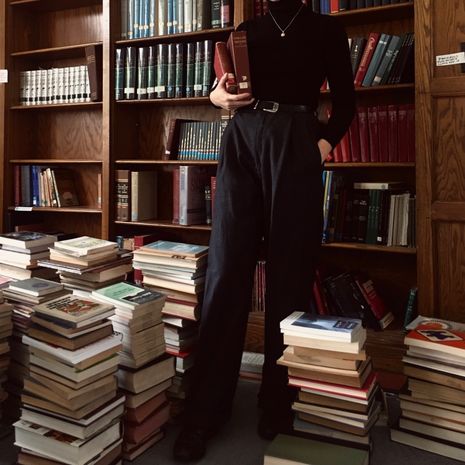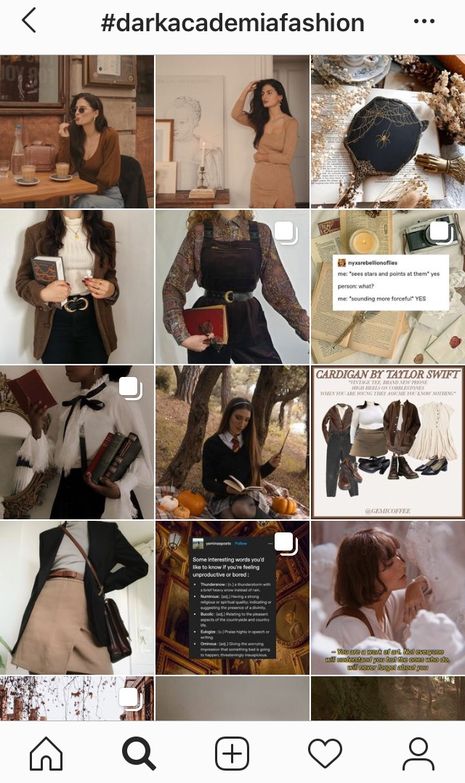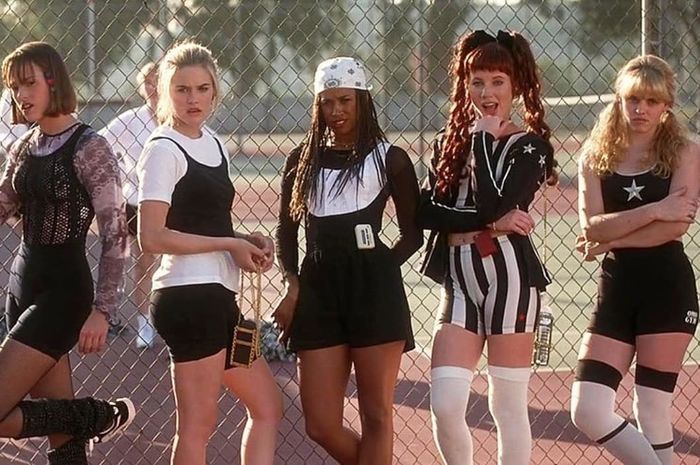The Fall (and Rise?) of Preppy Fashion
Alexandra Zhirnova looks into the recent decline of the prep style – and how it’s coming back to haunt us.

When J Crew, the biggest retailer of ‘preppy’ clothing in the United States, fell victim to the Covid-19 pandemic in May, it became clear that brands selling classic – and classy – pieces that are ‘chic but appropriate for work’ have fallen out of favour with Generation Z.
J Crew had previously dominated university campuses alongside brands like Lacoste and Ralph Lauren, promoting not just a style but a lifestyle. Their clothes were seen on Michelle Obama and inspired many outfits in Gossip Girl. They even had an online video series, the J Crew Crew, which consisted entirely of sequences of images from their catalogues which told stories of murders, cults and mystery with a bit of humour. What could have possibly gone wrong?
“For our generation, prep style is associated with all things conservative, including school uniforms and dull office jobs.”
It appears that our generation is no longer interested in the cashmere turtlenecks and slim chinos ‘preppy’ brands have to offer. And J Crew is not the only one to go down. According to a recent report, Ralph Lauren has fallen out of the teen boys’ top ten favourite retailers, and similar brands are faring no better. And while the brands’ marketing strategies and product quality certainly have something to do with the Zoomers’ change of heart, a reason no less important is the cultural baggage these clothes carry.
For our generation, prep style is associated with all things conservative, including school uniforms and dull office jobs. It also doesn’t help that beige chinos have become almost taboo since they made it into the Trump supporter ‘starter kit’ in the US, and looks reminiscent of private schools provoke similar, though much less heated, reaction in the UK. Part of it also has to do with Gen-Z’s attitude to brands in general. Very few of us build our style – much less lifestyle – based on images in a clothing brand’s catalogue, even if they are presented as an edgy video-collage. The best reaction such marketing ploys can hope to elicit is a couple of ‘silence, brand’ memes on Twitter. Today it seems that streetwear has taken over campuses where ‘preppy’ brands once reigned.
But preppy fashion is coming back with a vengeance. Thanks to the ‘dark academia’ craze that has swept across the Gen-Z corners of the Internet (especially TikTok and Instagram), ‘grandma skirts’ and school-like blazers are back in high demand, although are not coming from where they used to. Because although we may not have much regard for professional marketing, we still tend to trust our peers on social media.
The preppy look has become the key part of an aesthetic that revolves around the Humanities, Classical art and a fascination for secret societies. So naturally, pieces that are reminiscent of the settings of dark academia’s trend-setting novels and shows, like Donna Tartt’s Goldfinch, are greatly desired. But I won’t be the first to point out that despite the obvious chic these clothes emulate, there is something unnerving about the way the aesthetic is crafted.

It’s no news that fashion tends to promote certain social groups and certain body types over others. Dark academia has been criticised for being Eurocentric not only in the art but also the people it celebrates: a quick browse through the tag on Instagram shows mostly thin, white young people wearing 1960s-style suits. This would not be particularly alarming had it not been pointed out that the same photos appear in so-called ‘thinspo’ compilations, which aim to encourage eating disorders and have had a serious impact on more than one teen’s mental health. But even when presented on healthy, diverse bodies, the clothes themselves come with strings attached.
For many people embracing the aesthetic, a lot of the allure is in its emphasis on vintage, sustainable clothing – things that you quite literally find in your grandma’s (or grandad’s) closet. But reaching into grandma’s closet for fashion inspiration remains impossible for many, as the gently worn items you find need to resemble tweed suits and cashmere jumpers, not a saree or – God forbid – coal-stained dungarees. And while the community has seen a movement towards more ethnic diversity, an upper-class look is still the main requirement.
Some balance can be achieved thanks to the rise of donation and second-hand shopping. Many dark academia trend-setters, such as @etherealacademia, who runs a popular Tumblr page, say they purchase most items they wear in thrift stores and charity shops. But vintage still comes at a cost. Not only do charities allocate different stock to their shops based on the reputation of the neighbourhoods they’re located in, making good-quality clothing likely to end up in areas where ‘grandma’s closets’ are bountiful, there are people on the hunt for those items who thrift for a living. And although the semi-professional buyers of Depop may make chic vintage pieces easily accessible for some, others are concerned that the general rising trend for second-hand shopping and the consequent price growth is making pre-loved clothes less accessible to people who can’t afford to buy their clothes new. (The ‘dark academia’ craze isn’t the only one to blame, but a contributor to this problem nonetheless.)
At the same time, new, anonymous brands are eager to capitalise on our fascination with old-school fashion. Once you’ve browsed enough ‘dark academia’ images, pages with the word ‘vintage’ somewhere around the title selling cute 40s-60s-style clothing yet never running out of stock are bound to appear in your recommendations. But don’t be fooled by their old-timey appearance: many of these stores sell pieces that are mass-manufactured in East Asia alongside the fast fashion items we are so desperately trying to avoid. So, researching the seller can be good not only for your wallet but your conscience, too. And perhaps it is also a good idea to ask – if only as a rhetorical question – why we strive to dress like this in the first place.
It’s still too soon to tell whether ‘dark academia’ is just another short-lived trend or our generation’s final take on upper-class fashion. What’s clear is that although preppy brands may be going bust, the desire to dress in elegant, timeless clothes is here to stay. But while the shift from the high street to the Depop or charity shop is characteristic of our generation, the pursuit of conservative, Euro-centric aesthetics is not. Luckily, this time it is up to us to shape this strange style we have adopted.
 News / Local business in trademark battle with Uni over use of ‘Cambridge’17 January 2026
News / Local business in trademark battle with Uni over use of ‘Cambridge’17 January 2026 News / Cambridge bus strikes continue into new year16 January 2026
News / Cambridge bus strikes continue into new year16 January 2026 Comment / The (Dys)functions of student politics at Cambridge19 January 2026
Comment / The (Dys)functions of student politics at Cambridge19 January 2026 Comment / Fine, you’re more stressed than I am – you win?18 January 2026
Comment / Fine, you’re more stressed than I am – you win?18 January 2026 News / News in Brief: cosmic connections, celebrity chefs, and ice-cold competition18 January 2026
News / News in Brief: cosmic connections, celebrity chefs, and ice-cold competition18 January 2026









